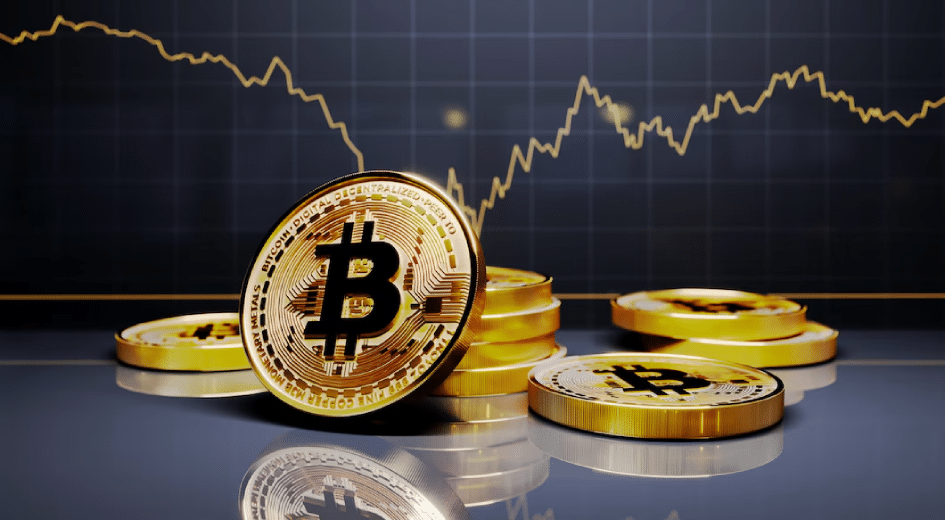Bitcoin rebounds from a sharp dip as Israel-Iran crisis worsen
According to Coinglass data, approximately $1.5 billion worth of bullish cryptocurrency positions via derivatives were liquidated over Friday and Saturday, marking one of the most substantial two-day liquidation events in at least six months.

Bitcoin, the largest cryptocurrency by market capitalization, registered a sharp surge to touch $66,374 (INR 55,37,518.34) as of 2:30 p.m. on Monday, following an earlier jump of up to 8.3%. Meanwhile, smaller coins like Polkadot and Uniswap experienced even greater rallies, surpassing 10%.
Ethereum, the second-largest crypto, also jumped up by 3.13% today, to trade at $3,244.13.
Iran launched a series of attack drones and missiles against Israel, which is widely being seen as a response to a previous strike in Syria led by Israel, which resulted in the deaths of senior Iranian military officials. This escalation in the conflict has ushered the already volatile region into a perilous new phase.
With Iran’s actions unfolding while most stock markets across the world were closed, cryptocurrency traders found themselves in an unusual position, being among the first to react to a significant geopolitical development.
As Israel prepared for a potential attack, the escalating tension weighed on stocks on Friday, leading to increased demand for safe-haven assets like bonds and the dollar. According to Coinglass data, approximately $1.5 billion worth of bullish cryptocurrency positions via derivatives were liquidated over Friday and Saturday, marking one of the most substantial two-day liquidation events in at least six months.
A notable military escalation between Israel and Iran would challenge the idea that Bitcoin and other cryptocurrencies serve as safe havens during times of conflict, a perspective frequently advocated by proponents of the asset class. Back in early 2022, when Russia invaded Ukraine, cryptocurrencies experienced the onset of a market downturn that persisted throughout the year.
Bitcoin has been down from mid-March peak of $73,798. The introduction of dedicated US exchange-traded funds in January fueled demand, propelling the token to an all-time high. However, net inflows into these products have slowed down recently.
Crypto enthusiasts are eagerly anticipating the upcoming Bitcoin halving, which is projected to occur around April 20. Historically, the halving event has bolstered prices, as it reduces the new supply of the token by half. However, there are increasing uncertainties about the likelihood of a similar price surge this time, especially considering that Bitcoin recently reached a historic peak.

